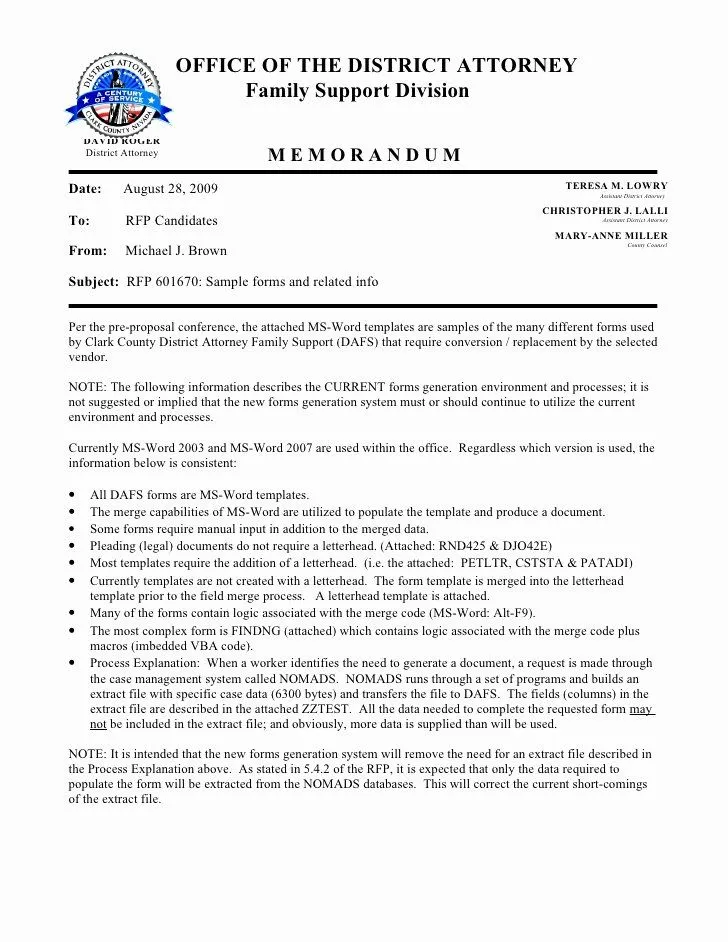What is an RFP Submission Cover Letter?
An RFP (Request for Proposal) submission cover letter is a crucial document that accompanies your proposal. It’s the first thing the recipient reads, setting the tone for your entire submission. Think of it as your initial handshake, a chance to introduce your company and convince the reader to delve deeper into your proposal. This letter is not just a formality it is a strategic tool that can significantly impact your chances of winning the project. It provides context, highlights key strengths, and demonstrates your understanding of the client’s needs. Crafting a compelling cover letter requires careful attention to detail, clear communication, and a strong understanding of what the client is looking for.
The Purpose of a Cover Letter
The primary purpose of an RFP submission cover letter is to introduce your company and proposal, and to capture the attention of the reader. It’s your opportunity to make a positive first impression and entice the client to read your complete proposal. A well-written cover letter should summarize your key strengths, highlight your understanding of the project, and convey your enthusiasm for the opportunity. Additionally, it should serve as a concise overview of your proposed solution and a clear call to action, encouraging the client to take the next step. By effectively communicating these elements, your cover letter significantly increases the likelihood of your proposal being considered favorably.
Essential Elements of an RFP Submission Cover Letter

A strong RFP cover letter includes several key elements. These components work together to create a persuasive and professional document. Each part plays a crucial role in presenting your company effectively and increasing your chances of success. Let’s explore the essential components that make up a compelling cover letter for an RFP submission.
Company Introduction
Start with a concise introduction of your company. Briefly mention your company’s name, its core business, and the length of time you have been in business. This quickly establishes your identity and credibility. Also, state your excitement for the opportunity and the specific project you are responding to. A personalized opening, that directly references the RFP or the potential client demonstrates that you have tailored your response to their specific needs. This sets a professional tone and showcases your commitment from the outset. Be sure to include the name of the project and RFP number to avoid any confusion.
Highlighting Relevant Experience and Qualifications
Briefly highlight your company’s relevant experience and qualifications. Focus on aspects directly related to the RFP’s requirements. This is not the place for a comprehensive history but rather a concise overview of key accomplishments and capabilities that align with the project’s needs. Mention specific projects or clients where you’ve delivered similar results. Quantify your achievements whenever possible, such as ‘increased efficiency by 20%’ or ‘successfully completed 10 projects of similar scope’. Use these metrics to showcase your expertise. This section should reassure the client that you have the required skills and experience to deliver successful outcomes. Keep the language precise and avoid jargon to make your points easy to understand.
Demonstrating Understanding of the RFP
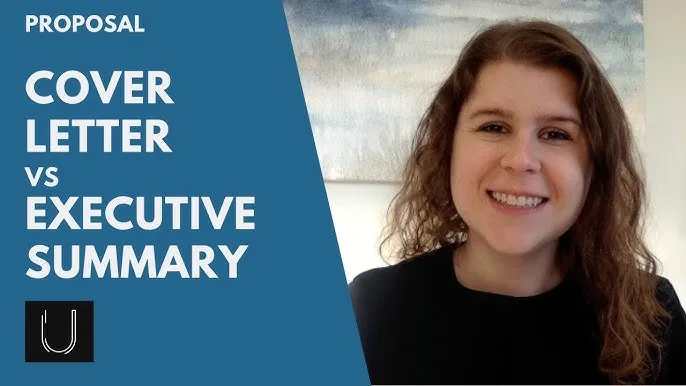
Show that you understand the RFP’s requirements and the client’s objectives. This indicates that you have carefully read and analyzed the document. Briefly describe how your proposed solution addresses the specific needs outlined in the RFP. Mention that your company’s solution is designed to meet and exceed the client’s expectations. Refer to the key challenges and goals mentioned in the RFP, demonstrating your comprehension. This shows the client that you understand their problems and are offering a tailored solution. This tailored approach will set you apart from generic responses and shows that you are taking the RFP seriously.
Addressing Specific Requirements
Directly address the key requirements outlined in the RFP. For instance, if the RFP asks for examples of your past work, include brief descriptions of relevant projects. Ensure you meet all the mandatory requirements. If any of the requirements are missing, explain how you plan to fulfill them. This provides the client with confidence that your proposal covers all the necessary aspects. Be sure that each requirement is met or properly addressed and explained. This proactive approach demonstrates attention to detail and a proactive attitude.
Pricing and Financial Summary
Include a brief summary of your pricing structure or a reference to the pricing section of your proposal. Provide a clear and concise overview of the costs associated with your proposed solution. Make sure your pricing aligns with the scope of work and the client’s budget. State that the detailed breakdown is in the proposal itself. This ensures transparency and allows the client to quickly understand the financial implications of your offer. If you are able to offer discounts or payment plans, consider mentioning these in the cover letter to make your proposal even more attractive.
Call to Action and Contact Information
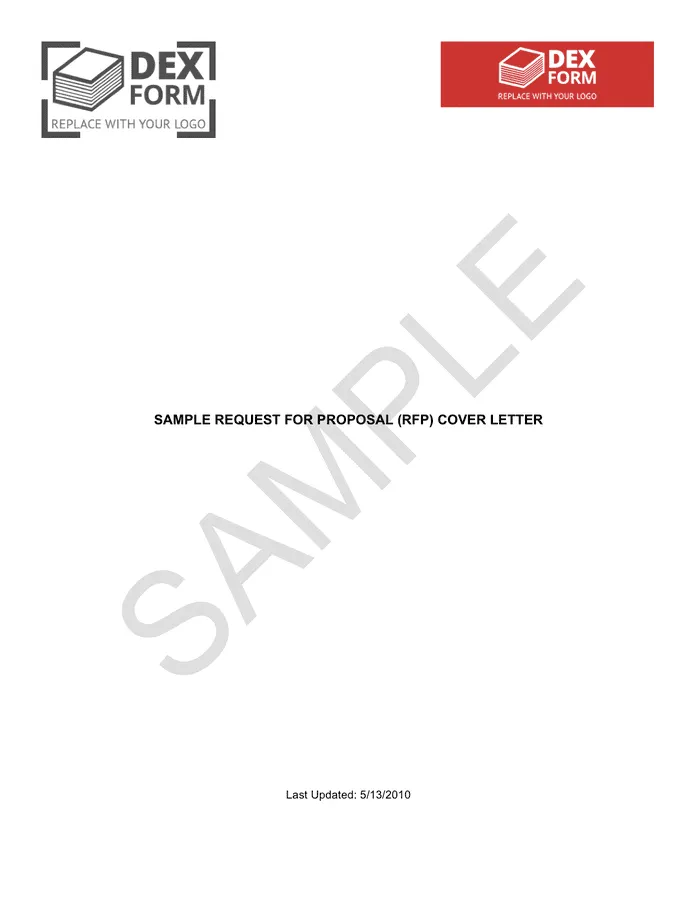
End with a clear call to action, such as requesting a meeting or further discussion. Reiterate your enthusiasm for the project and your commitment to delivering exceptional results. Provide your contact information, including your name, title, email address, and phone number. Ensure the contact details are accurate and up-to-date. A call to action encourages the client to engage with you further. This final step prompts them to take action, solidifying your interest and making it easy for them to reach out. Providing easy access to contact information facilitates a quick response, increasing the probability of the client getting in touch.
Formatting and Structure for Success
A well-formatted and structured cover letter enhances readability and professionalism. This also helps you make a strong first impression. The presentation of your cover letter is as important as the content itself. Proper formatting shows that you are thorough and pay attention to detail. Well-organized content makes it easy for the reader to find the information they need quickly. In this section we will describe the formatting and structure of your cover letter.
Choosing the Right Tone
The tone of your cover letter should be professional, yet engaging. Avoid overly formal or casual language. Use a confident and enthusiastic tone to show your interest in the project. Tailor your tone to the specific client and the industry. If the RFP suggests a certain tone, mirror it in your letter. Maintaining a consistent tone will help you present your company positively and professionally. This will show that you understand and respect the client’s preferences. Ensure that your words are clear, concise, and persuasive.
Formatting Tips
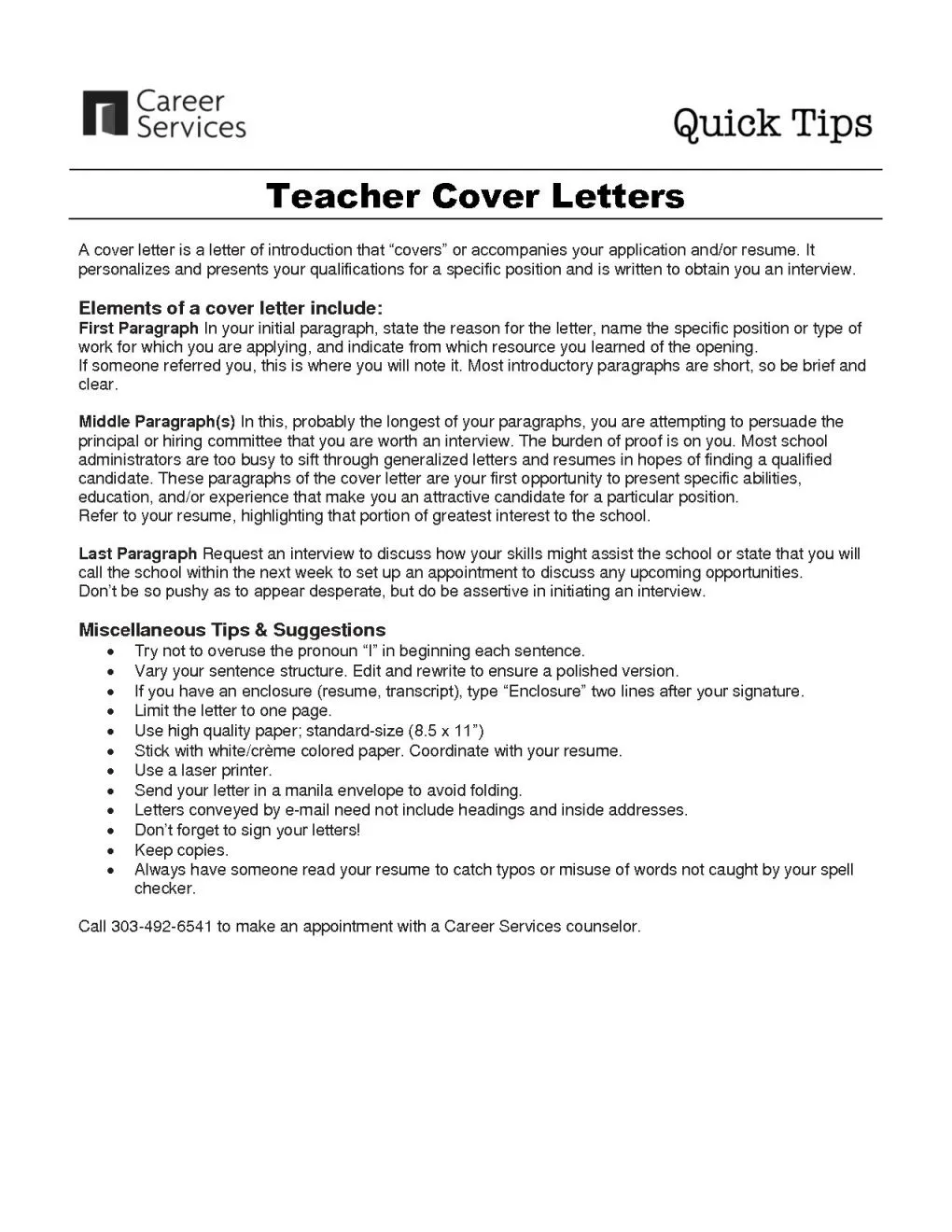
Use a professional font like Times New Roman, Arial, or Calibri. Use a font size between 11 and 12 points for readability. Keep the letter concise, ideally no more than one to two pages. Use headings and subheadings to organize the content and improve readability. Use bullet points and numbered lists to present information clearly and concisely. Use white space effectively to avoid clutter. Use clear and concise language. Break up large blocks of text with paragraphs. Use a consistent style throughout the document. This will improve the overall visual appeal.
Proofreading and Editing
Proofread the cover letter carefully for grammar, spelling, and punctuation errors. Ensure the content is clear and concise. Review the letter for any typos or mistakes. Ask a colleague to proofread the letter as well, since a second pair of eyes can often catch errors you might have missed. Check for clarity and flow. Make sure the letter makes sense and flows logically. Ensure your contact information is correct and up-to-date. Consider running it through a grammar checker to catch any mistakes. A polished and error-free cover letter will make a great impression on the client. Proofreading ensures your message is communicated effectively.
Common Mistakes to Avoid
Avoiding common mistakes can significantly improve the effectiveness of your cover letter. Paying close attention to these aspects will help your letter stand out. Here are the main mistakes you should avoid when writing an RFP submission cover letter.
Ignoring Instructions
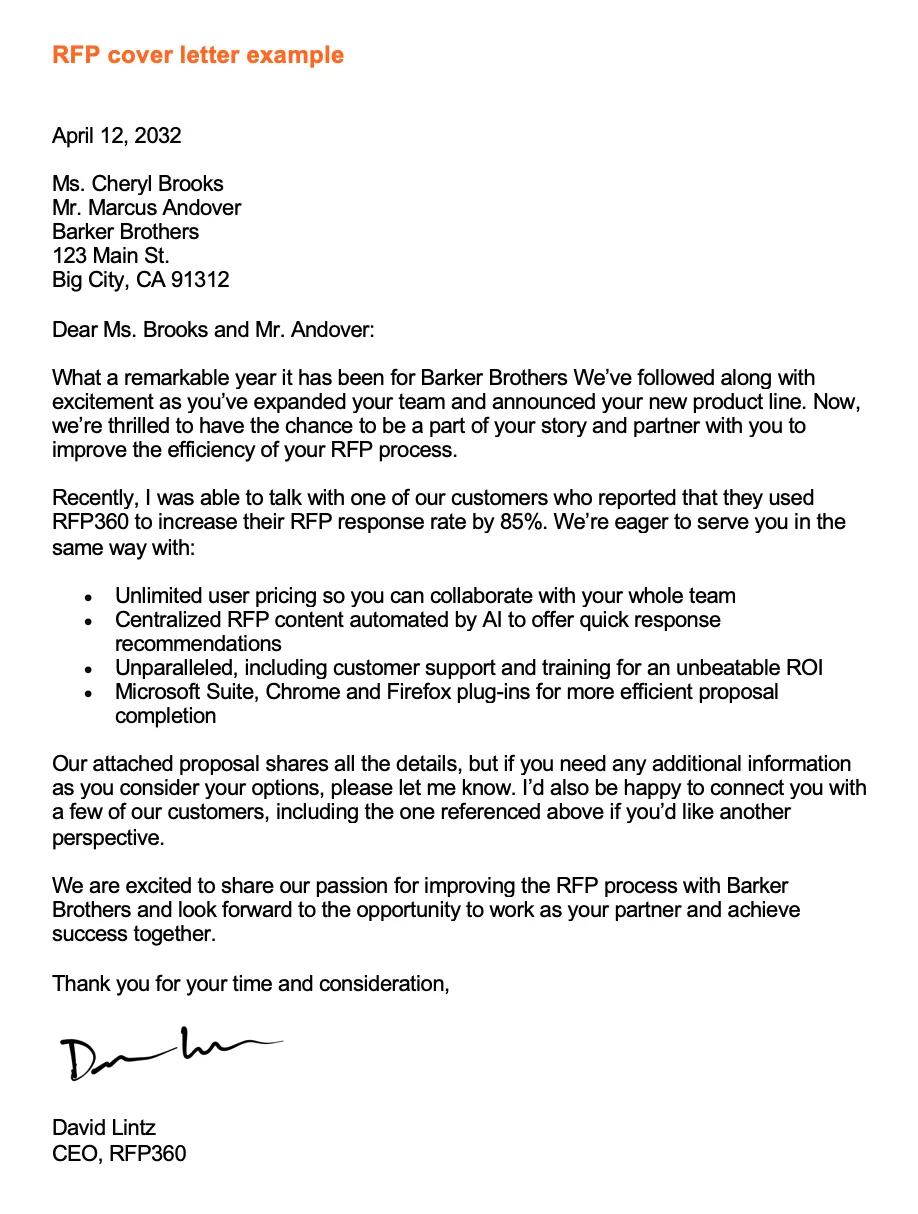
Always read the RFP instructions carefully. Many RFPs include specific formatting, content, or submission requirements. Failing to follow these instructions can result in your proposal being disqualified. Make sure your cover letter adheres to all the instructions. The key is to show that you pay attention to detail and respect the client’s requirements. If the RFP specifies page limits, font sizes, or specific content to include, make sure your letter is aligned with those instructions.
Using Generic Language
Avoid using generic, boilerplate language. Customize your cover letter to fit the specific RFP. Tailor your letter to the client’s needs and the project’s requirements. Show your interest and understanding of the project. Generic letters don’t capture the client’s attention. Demonstrate that you have taken the time to understand their unique needs. This personalization distinguishes you from other applicants.
Grammar and Spelling Errors
Errors in grammar and spelling can damage your credibility. Proofread your cover letter carefully. Use spell-check and grammar-check tools. Have someone else review your letter to catch any mistakes you might have missed. Errors indicate a lack of attention to detail and can undermine your message. A well-written and error-free cover letter is a sign of professionalism. It reflects your commitment to quality. This will help you gain the trust of the potential client.
Submitting the Cover Letter
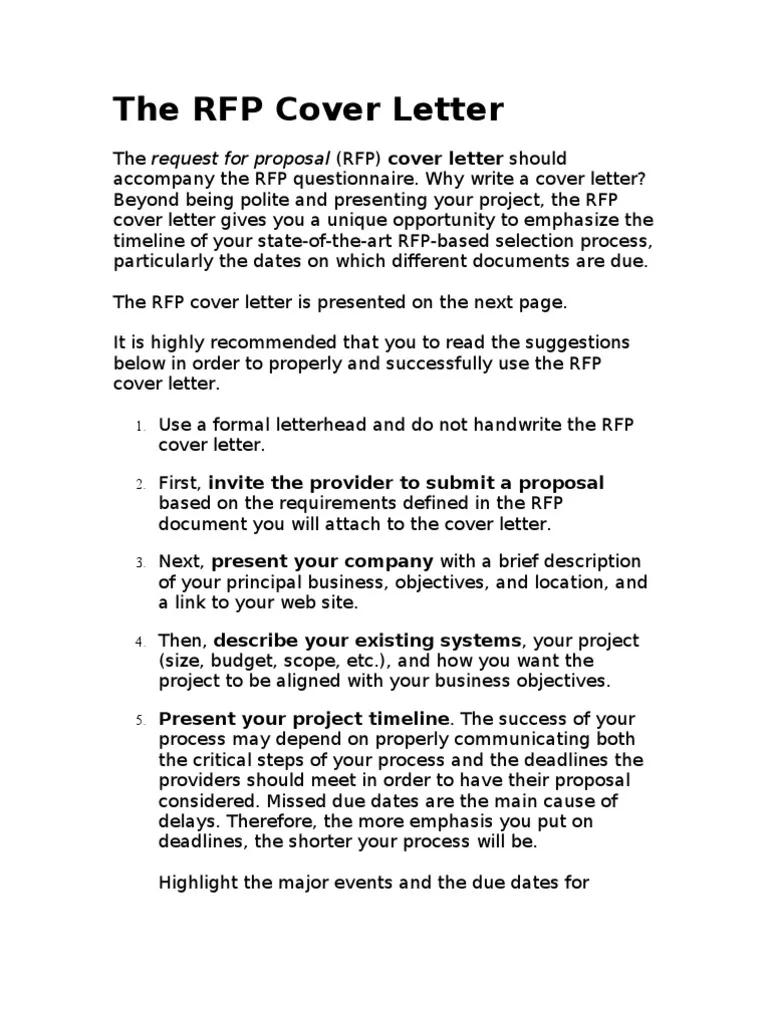
Once your cover letter is complete, you’ll need to submit it correctly. This involves following the instructions outlined in the RFP. Paying attention to these details is critical to ensuring your proposal is considered. Make sure all documents are included in the correct format and submitted by the deadline. Double-check the submission process and ensure that you have all the required files. Verify that all files are attached and properly named. Adhering to these steps will help to enhance your chances of successful submission and consideration by the client.
What to Include with Your Cover Letter
Typically, the RFP will specify what documents must accompany your cover letter. This will usually include your full proposal, supporting documents, and any required attachments. Organize your documents systematically, in the order specified by the RFP. Check all attachments to ensure they are complete, the correct version, and in the specified format. Providing all requested materials shows attention to detail. This will show that your company is prepared to meet the client’s needs.
Follow-up Strategies
Follow up with the client a few days after the submission deadline. This demonstrates your continued interest. A brief email or phone call can confirm receipt of your proposal and offer to answer any questions. Be polite and professional. Refrain from pressuring the client. Follow-up shows that you are committed and helps you maintain contact. Ensure your follow-up is brief and adds value. This might include clarifying any specific points or offering additional information. Keep a positive and professional tone.
Conclusion
Writing an effective RFP submission cover letter is crucial for presenting your company and proposal in the best possible light. It sets the stage for your entire submission and makes a lasting impression on the client. By following these guidelines, you can create a cover letter that is professional, persuasive, and tailored to the specific needs of the RFP. Remember to focus on clarity, precision, and a strong call to action, and you’ll be well on your way to securing new business opportunities. Proper preparation will help you in your quest for success.
